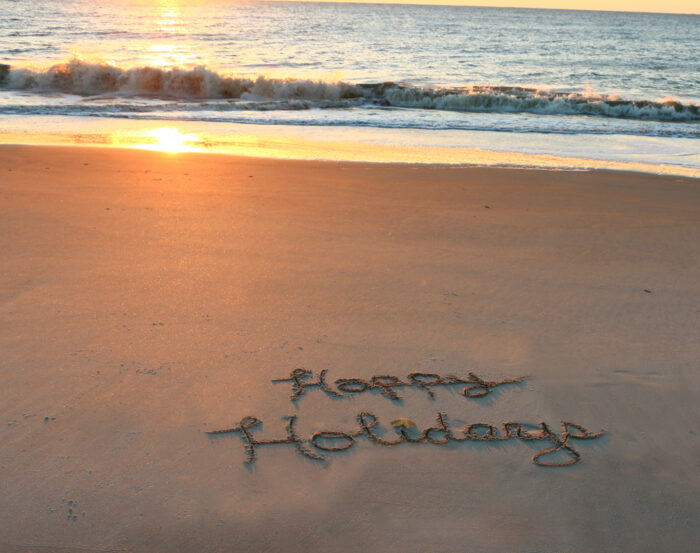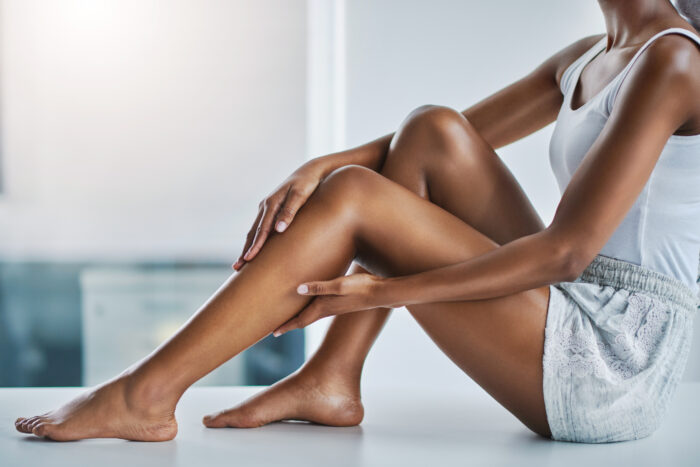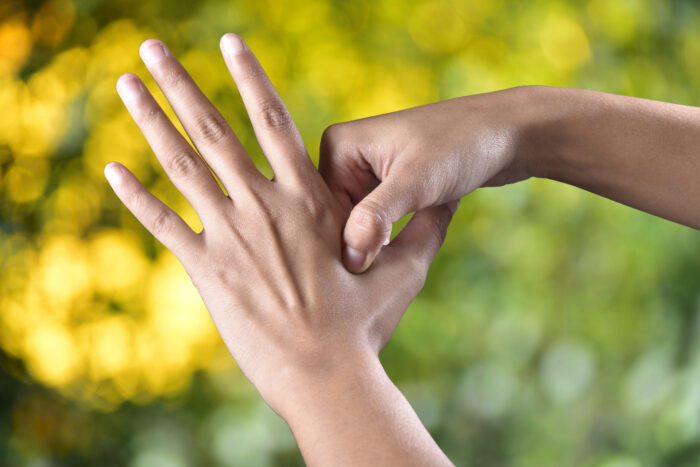
The challenges of daylight savings time
Daylight savings time can be a challenging time for people who live in the majority of the United States (Arizona and Hawaii do not observe daylight savings time). The effects of daylight savings time disrupt the body’s circadian rhythm, just like jet lag. This can affect key bodily functions like sleep, mood, and appetite. As a result of daylight savings time, many people are waking up in the darkness, and are having trouble getting going in the morning.
Research shows that shifting from standard time to daylight savings time is associated with an increased risk of heart attack, stroke, and hospital admissions, as discussed in the article Daylight saving time: an American Academy of Sleep Medicine position statement in the Journal of Clinical Sleep Medicine. In fact, Harvard Medical School’s Health Publishing Journal’s article The dark side of daylight saving time shares that daylight savings time has been found to exacerbate depression and anxiety as well as result in an increase in car accidents.
Ways to help ease into daylight savings time
In addition to keeping with your normal schedule, practicing good sleep hygiene, and getting bright light exposure in the morning, acupressure can be a great support. Acupressure is the application of gentle pressure to acupuncture points. You can do this treatment at home simply and easily using just your fingers. In this blog, I’ll provide instructions for how to perform acupressure and share information on some points you can try at home.
How to perform acupressure
- Use your index and / or middle fingers to apply a downward pressure with small circular motions (about a quarter of an inch) to the acupuncture point.
- Feel for painful areas or areas of tightness or emptiness.
- Massage for at least ten seconds, and up to a few minutes.
- You can also gently tap the point with one or more fingers.
- Stimulate points at least two times per day, for example, once in the morning and once at night.
Try acupressure on these acupuncture points to help your body adjust to daylight savings time
Yintang
Yintang means “Hall of Impression”. It is located between the eyebrows and is in the area referred to as the “third eye” in many cultures. This is a wonderfully calming point and helps promote sleep.
- Location: Place a finger at the glabella, which is the skin above the nose between the eyebrows.
- Uses: anxiety, insomnia, and also nasal congestion, runny nose, and headaches in the forehead region.
Bladder 1
The Chinese name of this point is Jingming. It means “Bright Eyes”. This point is the first point on the Bladder channel. When light hits this point in the morning, this starts the waking cycle of the circadian rhythm and causes us to wake up. In other words, this is important because circadian rhythms depend on light exposure. Stimulating this point can help encourage waking.
- Location: Just above the inner canthus (corner) of the eye where the eye meets the nose. Be very gentle with this point and don’t poke yourself in the eye! Place your finger on the eyelid just above the caruncle (the small, pink, fleshy nodule in the inner corner of the eye).
- Uses: In addition to starting the wake cycle of the circadian rhythm, this point can also help with eye issues like redness, swelling, and pain of the eyes.
Pineal point on the ear
There is a great auriculotherapy point on the ear that affects the pineal gland in the brain. It is called the Pineal point. The pineal gland helps regulate the body’s circadian rhythm. Additionally, you can read about auriculotherapy in my blog All about ear seeds and auriculortherapy.
- Location: The lower part of the tragus on the ear. The tragus is the small cartilage projection found where the ear connects to the side of the head. It looks like a small flap and is right outside of the opening of the ear canal. You can gently hold the tragus between your index finger and thumb and squeeze the bottom portion to activate the pineal point.
- Uses: In addition to regulating circadian rhythm, the pineal gland is responsible for regulating hormones, supporting cardiovascular health, and stabilizing mood.
Questions?
Want to talk about how acupuncture and Chinese medicine can help you? We’d love to hear from you. Please click this link to schedule a free 10-minute call with our senior scheduling receptionist. She will be happy to answer any questions you have and advise you on the best services and practitioner to meet your unique needs.
Any further questions? Please reach out and email us through our website or call or text 910-622-4269.
About the Author
Ericca Burke is the owner of HAVEN Acupuncture & Chinese Medicine where she provides acupuncture and Chinese medicine treatments in Wilmington, NC. Click this link to read more about Ericca.
About HAVEN Acupuncture & Chinese Medicine in Wilmington, NC
HAVEN Acupuncture & Chinese Medicine is an acupuncture and Chinese medicine practice located in Wilmington, NC just minutes from beautiful Wrightsville Beach. Click this link for contact information and directions. Click this link for a listing and description of services offered.


